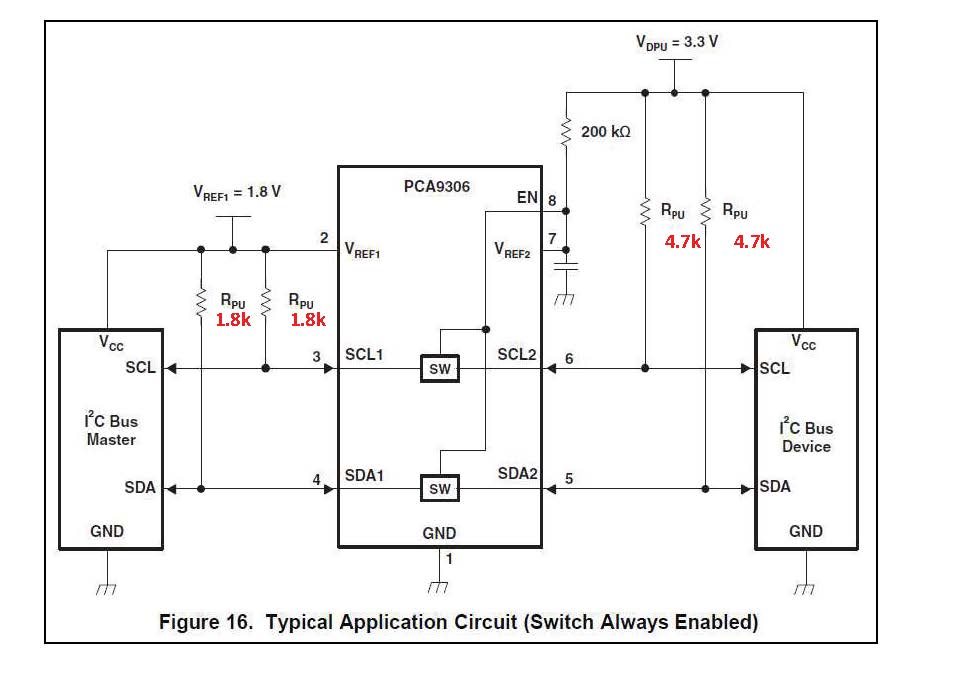Hello support team,
My customer need to know the VIH/VIL level on SCL1/SDA1 and SCL2/SDA2 at the specific condition as follows. Also the circuit configuration is shown in a schematic in below.
- VIH/VIL for SCL1/SDA1
Min VOH at SCL1/SDA1 is 2.31V (Sink Current is larger than 0.21mA)
Max VOL at SCL1/SDA1 is 0.99V (Sink Current is larger than 0.49mA)
How much value is VIH for SCL1/SDA1?
How much value is VIL for SCL1/SDA1?
- VIH/VIL for SCL2/SDA2
Min VOH at SCL1/SDA1 is 1.26V (Sink Current is larger than 0.30mA)
Max VOL at SCL1/SDA1 is 0.54V (Sink Current is larger than 0.70mA)
How much value is VIH for SCL2/SDA2?
How much value is VIL for SCL2/SDA2?
The customer said to follow the internal rule in the company they need to show the value to go the mass production. Otherwise could not go the next step so we need to get your help.
Your help would be very appreciated.
Best regards,
Izumi Maruyama


